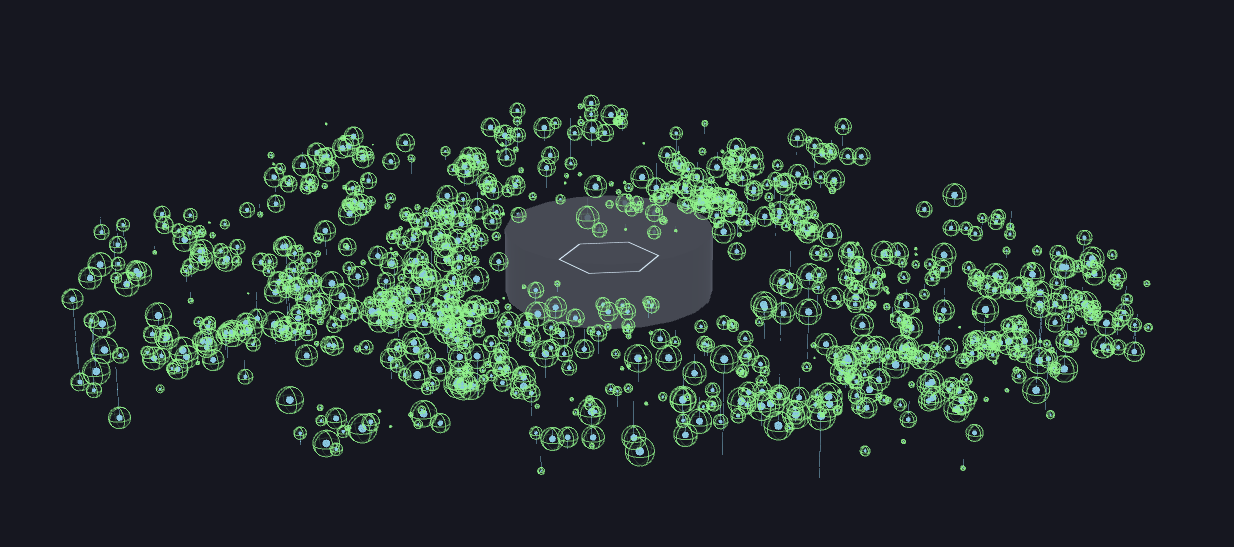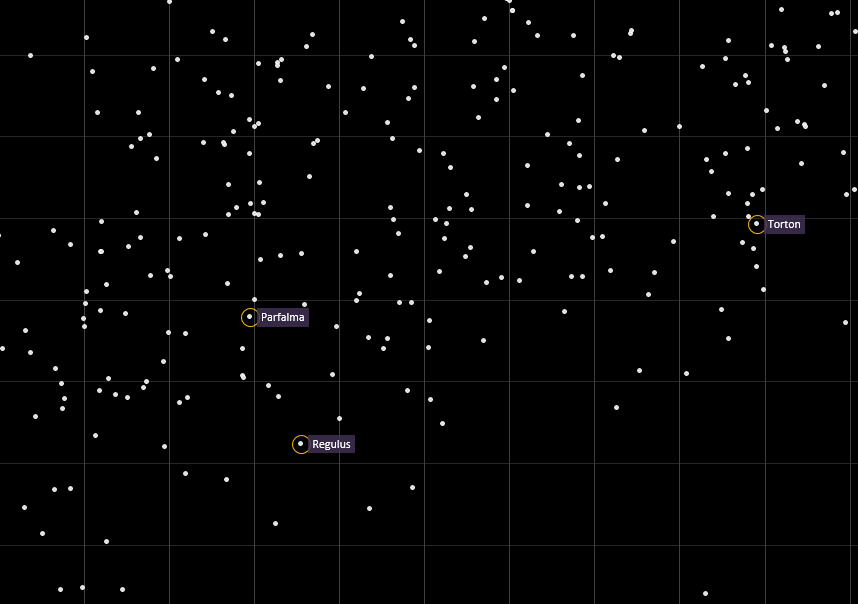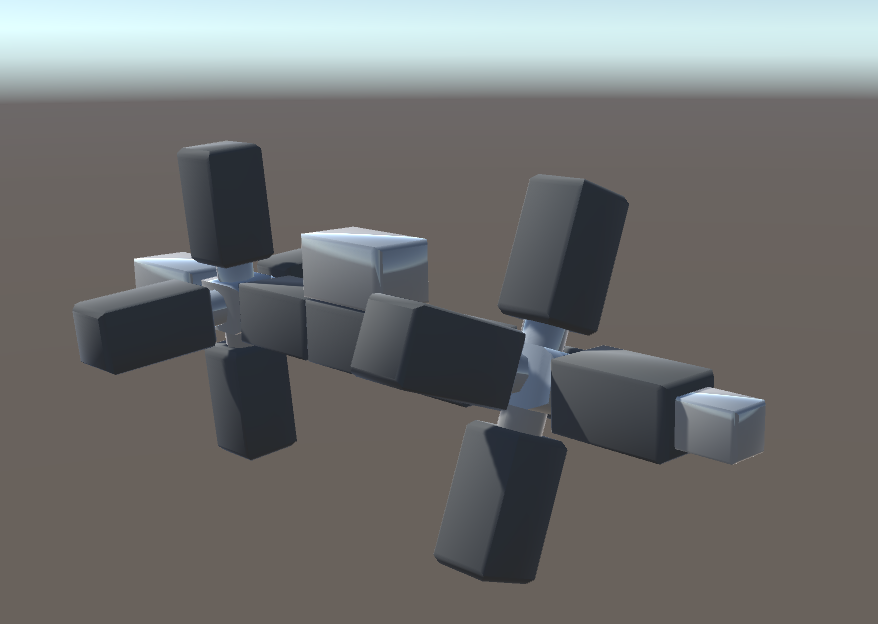So yeah, we worked on several disconnected things this week. One thing is that we are starting to build a map of the galaxy. The current idea (although definitely subject to change), is that the game takes place in a small portion of a single spiral arm of the galaxy (this portion contains exactly 1000 stars). From a geometry view, this shape resembles a 3D arch that’s about 40-60 degrees in arc-length and, more obviously: looks like a curved rigatoni noodle.
Side note: One of the things I really want to get right is the ratio of human-generated content to procedural-generated content. A lot of procedural games are fundamentally boring (involve walking massive distances), primarily because that ratio swings way too far toward the procedural side. It seems the focus on gameplay & art can quickly be lost. We are going to try balancing that by doing a whole bunch of manual world building. This will be tedious, but the end product should be more interesting.
Another thing accomplished, perhaps only interesting to programming people, is that I rewrote the entire galaxy-untiy interface. Analogously, I kind of took the whole TV apart by doing this. Was actually nervous it would not go back together! haha. (Fear is less due to github). I had made the terrible assumption that each galactic body (star, nebula, cluster) would have only a single unity game object representation. This was absurd (given the requirement for multiple weather views, a flight view, and various maps). The stars alone could get instantiated up to ten times. So I built this proxy system for managing each clone. Each proxy still references the singleton galaxy, but I can now create many views / proxies of this galaxy. It might be the most elegant part of the code right now! hehe.
The last thing worth mentioning is that we have started to design ships (sorta). The biggest progress here is our conclusion with regard to how interstellar sailing propulsion actually works. The concept is that in the future, scientists have used genetic computer algorithms to create highly complex magnetic plasma nozzles for VASIMIR-like engines. These nozzles greatly improve the efficiency and propulsion power of VASIMIR engines. Additionally, these engines are now powered by on-board nuclear fusion reactors. These reactors power the VASIMIR’s RF Generators, and allow the engines to produce vast amounts of thrust. The nuclear fusion reactors require electricity from massive solar sails, a deuterium fuel, and an NIF-like laser setup. But they generate near infinite power. The last piece of the resource-gathering puzzle is that the VASIMIR engines require noble gas fuels (to plasmify & eject) – these are harvested from space and are easiest to collect at high speeds. All of this, of course, is the fiction, that allows our world to exist. haha.
Here are some screen shots & videos of progress from the week:












